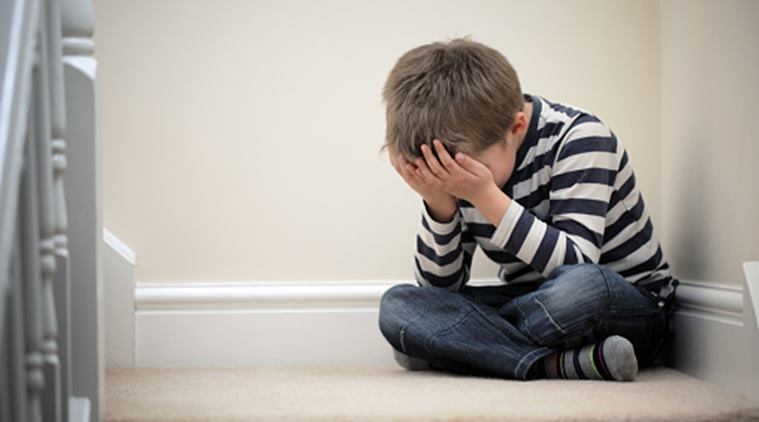
Some of the symptoms of SAD are craving for carbohydrate-rich food and overeating, excessive sleeping and as a consequence, weight gain.

By Dr Vinod Kumar
Seasonal affective disorder(SAD) as a concept has been around since the 80’s. There has been a lot of research done to understand the nature, causation and treatment options. Here, let us focus on the the specifics of the impact of SAD on kids and guidance for parents to manage this.
Symptoms of SAD
SAD is not a separate diagnostic category from major depression in the diagnostic manuals of mental health, however there is acceptance of SAD as descriptor in the diagnosis of depression which is of a recurrent nature. There has to be a clear evidence of the link between onset of depression and seasonal pattern (autumn and winter) consequently for a few years. In literature, there is description of atypical symptoms compared to non-seasonal depression-mainly in the form of craving for carbohydrate rich food and overeating, excessive sleeping and as a consequence, weight gain. Other symptoms are similar to non-seasonal depression including low mood, tiredness, inability to enjoy life, and lack of motivation and enthusiasm.
What causes SAD?
The cause of SAD is thought to be due to disturbance in sleep-wake rhythms that happen due to changing light patterns which has a knock-on effect on brain-related hormones and neurotransmitters. One needs to also consider the fact that there has to be a genetic vulnerability to developing depression. It suffices to say that the cause is multifactorial and needs further research and evaluation. It makes common sense to link the lack of adequate sunlight to one slowing down as is evident in the plant kingdom.
How to treat
In terms of treatment options, evidence and guidelines recommend treating SAD like non-seasonal depression with appropriate and judicious use of medications and counselling interventions. However, use of light therapy is common in SAD. Light therapy involves use of non UV light of 10,000 lux intensity for 30 minutes in the morning. The evidence to prove the consistent effectiveness of this is patchy.
In a large study to ascertain the age groups affected by SAD, it was concluded the teenagers and young adults along with elderly are more vulnerable. The diagnosis of SAD in younger children is difficult due to the need for it to be present for a number of years before it is considered.
Also Read| Why mental health issues are increasing in children
SAD does affect teenagers and young adults, and parents need to be aware of this and seek appropriate professional help when it is apparent. When the symptoms are beginning and are of a milder nature, parents can encourage their children to maintain normal sleep-wake rhythm, exercise regularly and eat healthier diets rather than giving in to carbohydrate cravings. Parents can encourage their children to get involved in more outdoor activities to get maximum exposure to sunlight. Mid-winter breaks to more tropical places can also help.
SAD is more common in temperate countries due to the virtue of longer, darker and colder winters when compared to tropical countries like India. The incidence is known to be higher in northern India where winters are harsher.
(The author is psychiatrist and head, Mpower, The Centre)
For all the latest Parenting News, download Indian Express App
Source: Read Full Article


